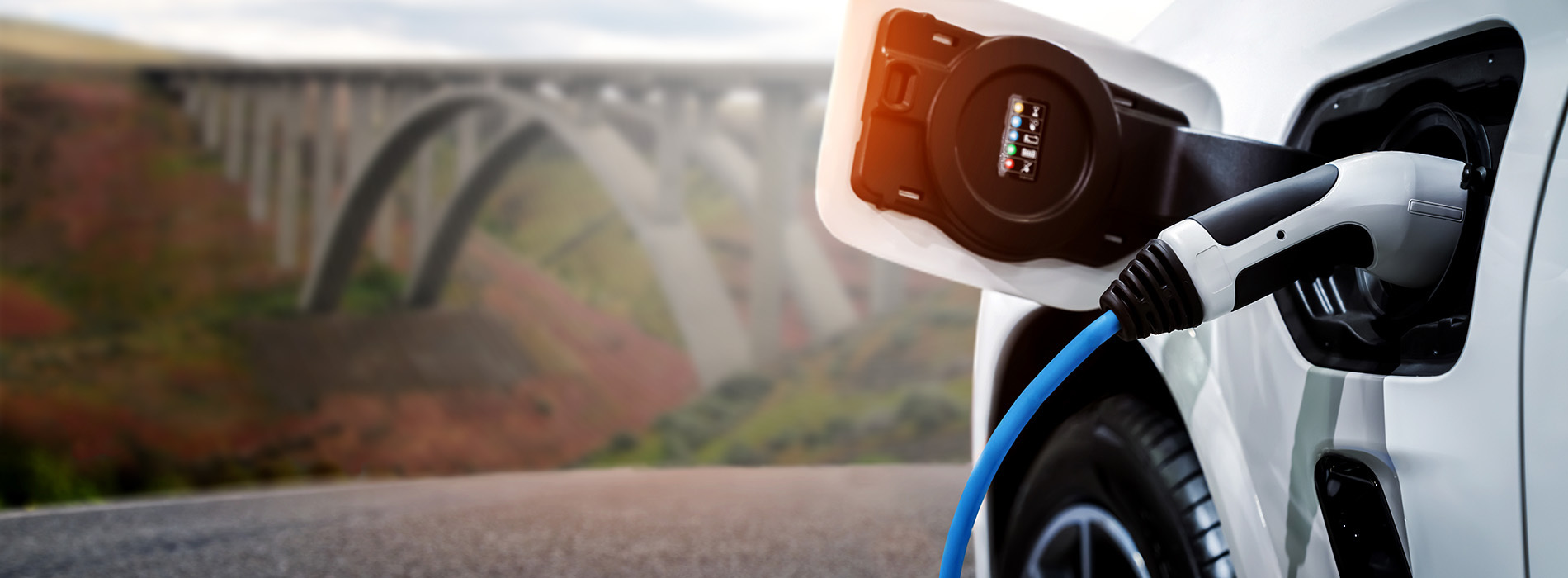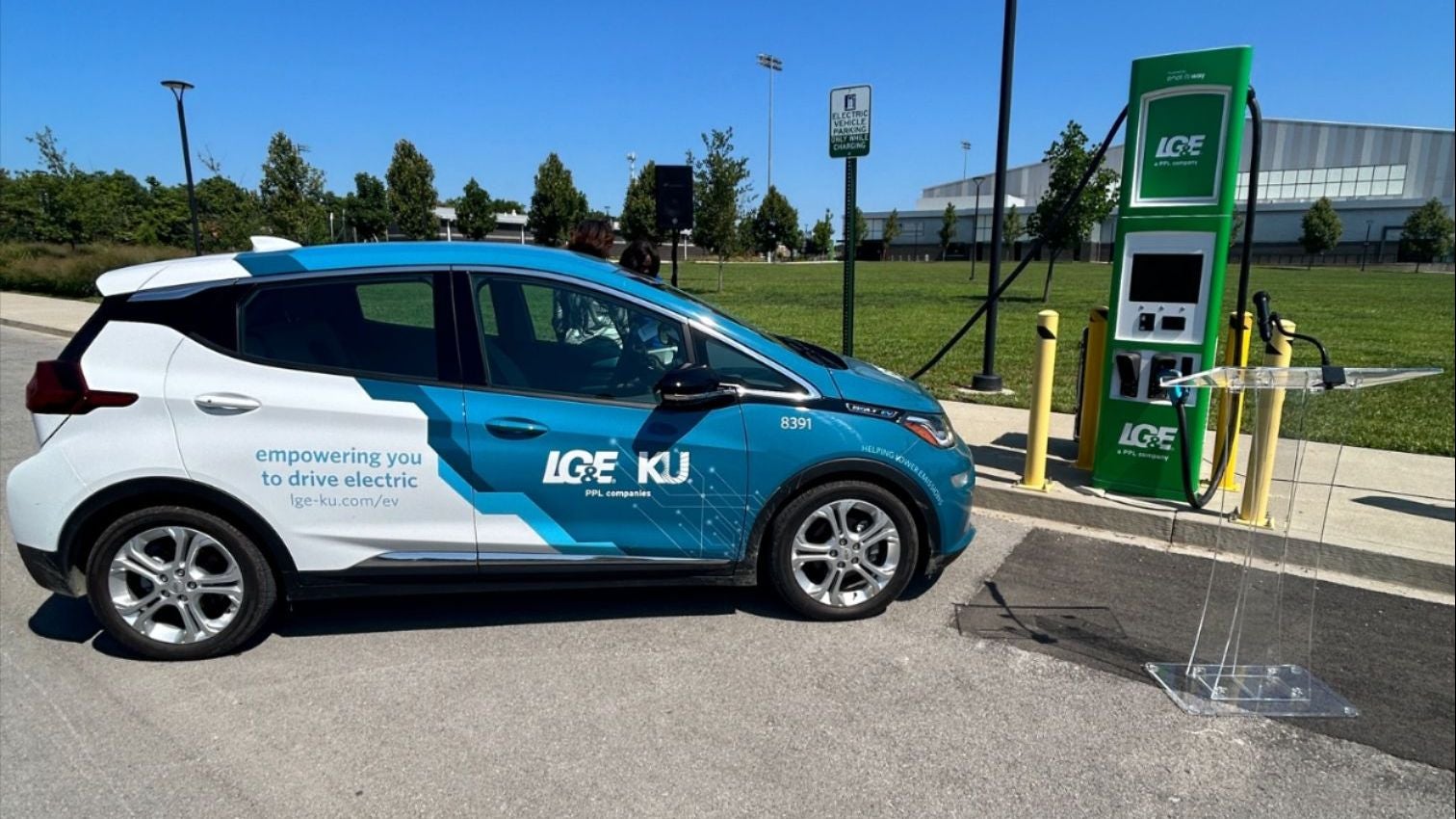Leading EV Charging Information: Key Updates on Framework and Technology

Recent Improvements in Fast-Charging Technology

Furthermore, improvements in battery innovation, including improved thermal monitoring systems and higher energy thickness batteries, complement fast-charging capacities. These developments reduce the danger of battery destruction throughout fast charging, making certain long life and performance for EV proprietors.
Additionally, the combination of clever billing services is improving customer experience, enabling real-time tracking and vibrant rates versions. EV Charging news. This flexibility enables motorists to optimize charging times and prices based on grid demand
As automakers remain to buy fast-charging networks, the cooperation in between sector stakeholders is essential. Partnerships between charging station suppliers and auto manufacturers are paving the way for comprehensive protection, eventually promoting a much more durable EV environment. These innovations are crucial in sustaining the change to lasting transport.
Federal Government Initiatives for Charging Growth
Government initiatives play a vital function in the growth of electric vehicle (EV) charging framework, promoting the change to lasting transportation. Various federal and state programs are being implemented to boost billing availability, decrease the financial concern on consumers, and advertise the adoption of electric lorries.
Especially, the U.S. federal government has allocated substantial financing through the Infrastructure Financial Investment and Jobs Act, which allocates $7.5 billion for EV charging network growth across the nation. This financing is aimed at releasing countless new billing stations, particularly in underserved locations, thus addressing array stress and anxiety amongst prospective EV buyers.
In addition, various states are establishing regulations to streamline the allowing process for billing station setups, which is essential for increasing implementation. Motivations such as tax credit ratings and discounts for both consumers and services are also being presented to encourage the setup of billing infrastructure.
Moreover, public-private partnerships are progressively coming to be a focus, leveraging personal financial investment to complement federal government financing. These initiatives highlight a joint method crucial for building a detailed and reliable EV billing network, inevitably adding to a greener and more lasting future.
Cutting-edge Battery Solutions Enhancing Efficiency
Transforming the landscape of electrical lorry (EV) technology, innovative battery options are dramatically boosting efficiency and performance. Advancements in battery chemistry, especially with lithium-sulfur and solid-state batteries, are bring about increased energy density, which allows for longer ranges and faster charging times. These new battery types have the prospective to outshine standard lithium-ion batteries by using greater capabilities while decreasing weight, therefore improving overall vehicle efficiency.
Furthermore, advancements in battery administration systems (BMS) are enhancing energy usage and extending battery lifespan. Intelligent formulas check battery wellness and efficiency, allowing real-time modifications to charging and discharging procedures. This not just improves the efficiency of the battery however likewise guarantees a more sustainable and reliable power resource for EVs.
Additionally, the integration of reusing modern technologies is attending to the environmental impact of battery go to this web-site manufacturing and disposal. Advancements in second-life applications for EV batteries are facilitating their usage in power storage systems, adding to a round economic climate.
As these innovative battery remedies remain to evolve, they assure to transform the EV market, making electric automobiles much more accessible and enticing to a more comprehensive audience while sustaining global sustainability objectives.

Partnership In Between Automakers and Billing Networks
Identifying the essential need for a robust billing infrastructure, automakers are increasingly collaborating with billing network providers to enhance the EV ownership experience (EV Charging news). These collaborations intend to develop a smooth charging environment that benefits consumers and supports the change to electrical automobiles
Significant automobile brands are joining pressures with well-known billing networks to broaden their charging terminal insurance coverage, making sure motorists have access to convenient and reliable billing options. Collaborations with networks like ChargePoint and Electrify America permit car manufacturers to integrate charging remedies directly right into their automobiles' navigation systems, check my source leading individuals to the nearest terminals and offering real-time schedule updates.
Moreover, these collaborations usually lead to the growth of fast-charging innovations that significantly minimize the time required to reenergize an EV. By pooling sources and competence, car manufacturers and charging networks can introduce faster, developing services that fulfill the growing demand for electrical movement.
In enhancement, joint initiatives may additionally lead to even more standard charging procedures, which can relieve consumer confusion and advertise broader EV adoption. Generally, these strategic alliances are essential in constructing a straightforward and efficient charging facilities that fulfills the demands of an expanding electric automobile market.
Obstacles Encountering EV Charging Infrastructure
As the electric automobile market remains to expand, numerous challenges are surfacing that impede the advancement of a detailed billing framework. Among the primary obstacles is the insufficient number of charging stations, particularly in rural and underserved metropolitan areas. This space produces variety stress and anxiety among prospective EV purchasers, preventing them from making the switch.
In addition, the absence of standardization in charging technology makes complex the facilities landscape. Variations in plug kinds and charging speeds can develop confusion for users and boost operational intricacies for billing network operators.
An additional pressing issue is the high expense connected with the installment and upkeep of charging terminals, which can be a barrier for both public entities and private services. Lastly, regulative hurdles and zoning constraints can delay the release of charging framework, hindering progression in broadening essential services. Addressing these difficulties will certainly be important for cultivating a robust EV environment that sustains the transition to sustainable transport.
Conclusion
To conclude, the recurring advancements in EV charging technology, supported by considerable federal government campaigns and cutting-edge battery remedies, are crucial for the growth and effectiveness of electric automobile facilities. Partnerships in between car manufacturers and billing suppliers better boost terminal insurance coverage, resolving the expanding need for obtainable billing alternatives. In spite of difficulties that continue within the EV charging landscape, these developments represent a favorable trajectory towards a much more reliable and lasting electrical automobile community.
Advancements in billing facilities have actually led to the growth of ultra-fast battery chargers qualified of providing up to 350 kW of power, dramatically lowering billing times. Variations in plug types and charging speeds can produce confusion for individuals and enhance operational complexities for billing network operators.In conclusion, the recurring improvements in EV charging technology, sustained by considerable federal government campaigns and ingenious battery solutions, are critical for the expansion and effectiveness of electrical automobile infrastructure. Collaborations between car visit manufacturers and charging suppliers further boost station protection, addressing the expanding need for easily accessible charging alternatives. Despite challenges that linger within the EV charging landscape, these advancements signify a favorable trajectory in the direction of an extra lasting and efficient electrical automobile community.